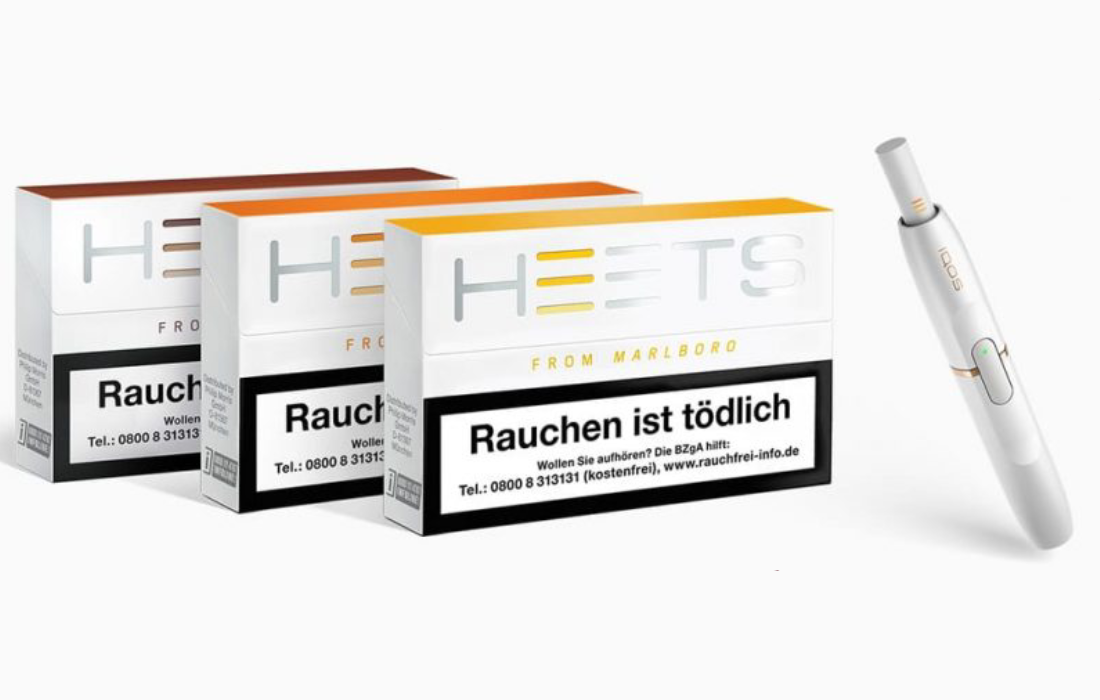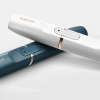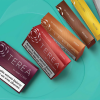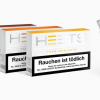As the world evolves, it’s inevitable that our habits and customs do too, including how we consume tobacco. With growing health consciousness and technological advancements, traditional cigarettes are slowly being replaced by more sophisticated and potentially less harmful alternatives. HEETS, developed by Philip Morris International, is a leading player in this transformative period, utilizing Heat-Not-Burn (HnB) technology in a bid to change the face of tobacco consumption forever.
To truly understand the concept behind HEETS, we must first unravel the intricacies of the Heat-Not-Burn technology. As the name suggests, HnB products, unlike traditional cigarettes, do not burn tobacco. Instead, they heat it to a temperature that is high enough to produce an aerosol, but not high enough to cause combustion. The crucial temperature is typically around 350°C, significantly lower than the 800°C at which traditional cigarettes burn. This is where HEETS, along with other HnB products such as British American Tobacco’s ‘glo’ and Japan Tobacco’s ‘Ploom’, distinctly differentiate themselves from traditional cigarettes.
HEETS, also known as HeatSticks, are specially designed tobacco sticks that serve as a core element of the IQOS (I Quit Ordinary Smoking) system, a HnB product developed by Philip Morris. These HeatSticks look similar to short cigarettes, and they contain a uniquely processed tobacco plug designed for heating, not for smoking. The HEETS tobacco stick is inserted into the IQOS holder, where it is heated up by a controlled heating element.
One of the key advantages of this heating process is that it dramatically reduces the production of harmful and potentially harmful substances compared to burning. When tobacco is burnt, as it is in traditional cigarettes from brands like Marlboro, Camel, or Lucky Strike, it produces thousands of substances, many of which are harmful. These include carcinogens such as benzene and formaldehyde, and carbon monoxide, a poisonous gas. With HEETS and the IQOS system, the absence of burning dramatically reduces the production of these substances, potentially making it a safer alternative to traditional cigarettes.
HEETS are available in a variety of flavors, with each one offering a unique aromatic experience. The blend of tobacco in HEETS is crafted through a specialized process, and the flavors range from the classic tobacco taste to more diverse ones like menthol, citrus, and even chocolate. This diverse offering allows users to find a flavor that caters to their preferences, something traditional cigarettes are limited in providing.
However, it’s important to note that despite the potential benefits of HnB technology and products like HEETS, they are not risk-free. While research suggests they may be less harmful than traditional cigarettes, they still contain nicotine, an addictive substance. There’s also ongoing debate among scientists and health professionals about the long-term health effects of HnB products. Furthermore, regulatory bodies around the world are still grappling with how best to manage these products, with some countries embracing them as harm reduction tools, while others have outright banned them.
In conclusion, the development and rise of HEETS, along with the broader HnB market, represent a significant shift in the world of tobacco consumption. These products offer a new way to consume tobacco that is potentially less harmful than traditional smoking. Despite the ongoing debates and research, one thing is clear: the future of tobacco consumption is here, and it’s being reshaped by innovative products like HEETS. As consumers, it’s crucial to stay informed about these new products and their potential risks and benefits, especially as they become more prevalent in our society.







Leave a reply